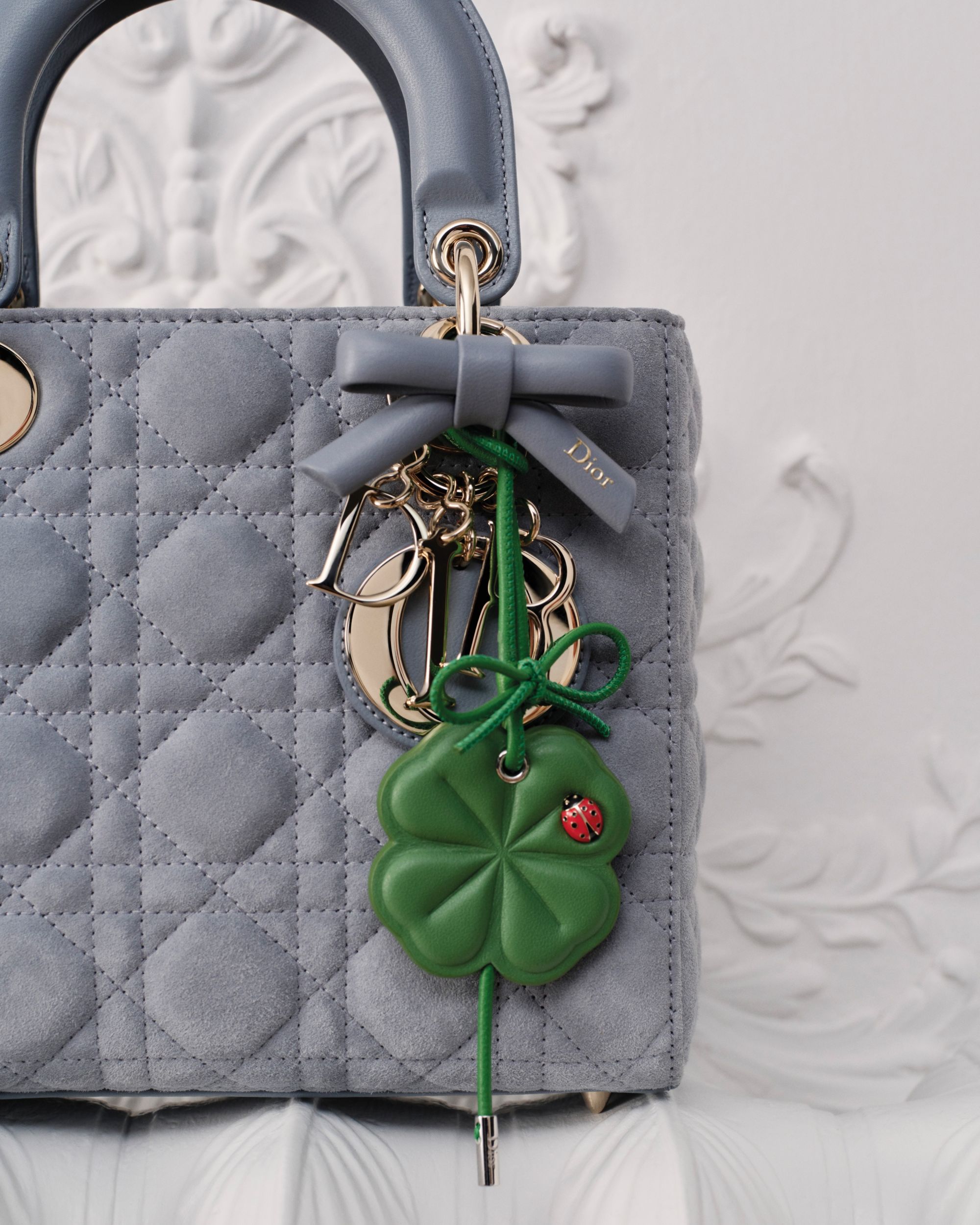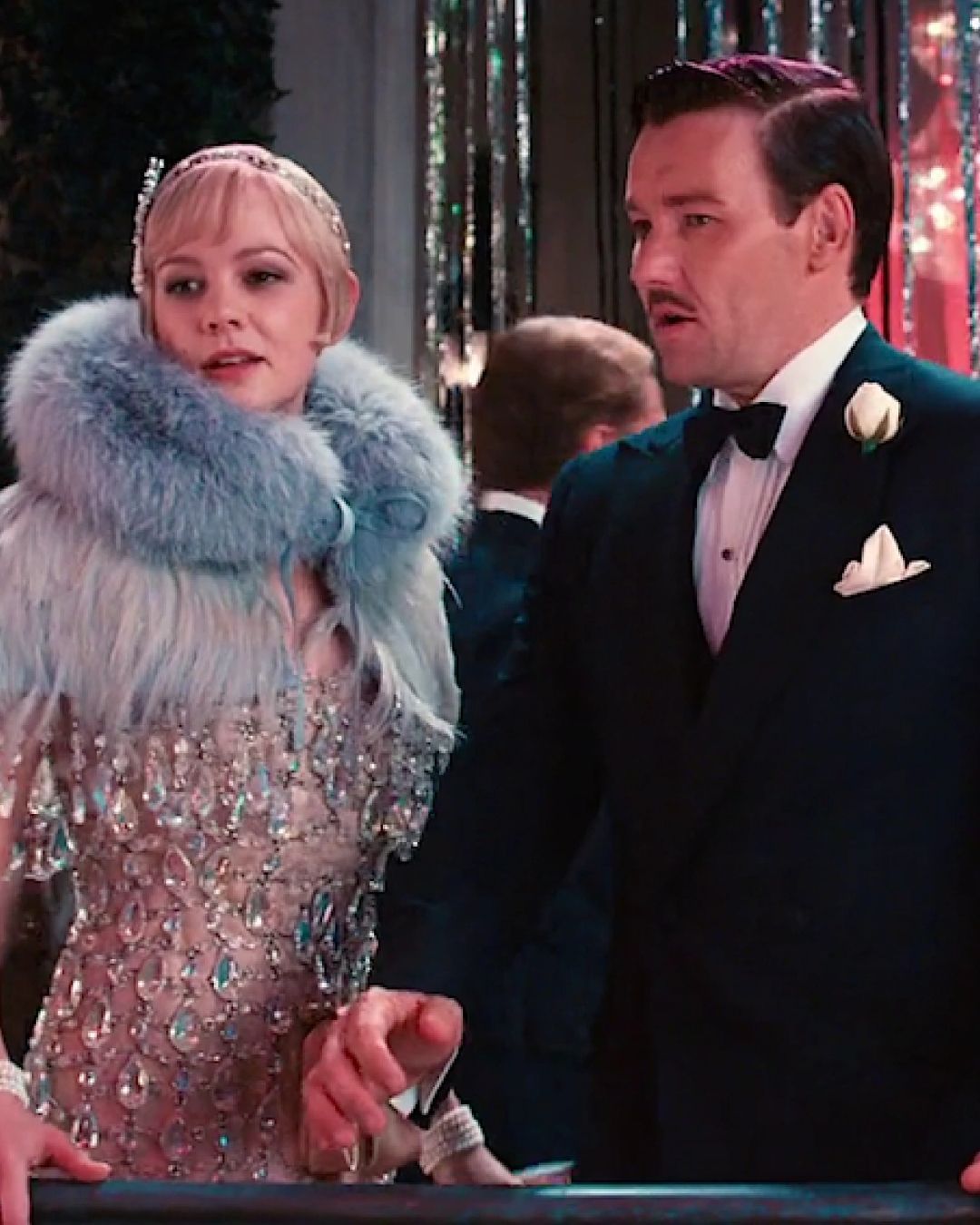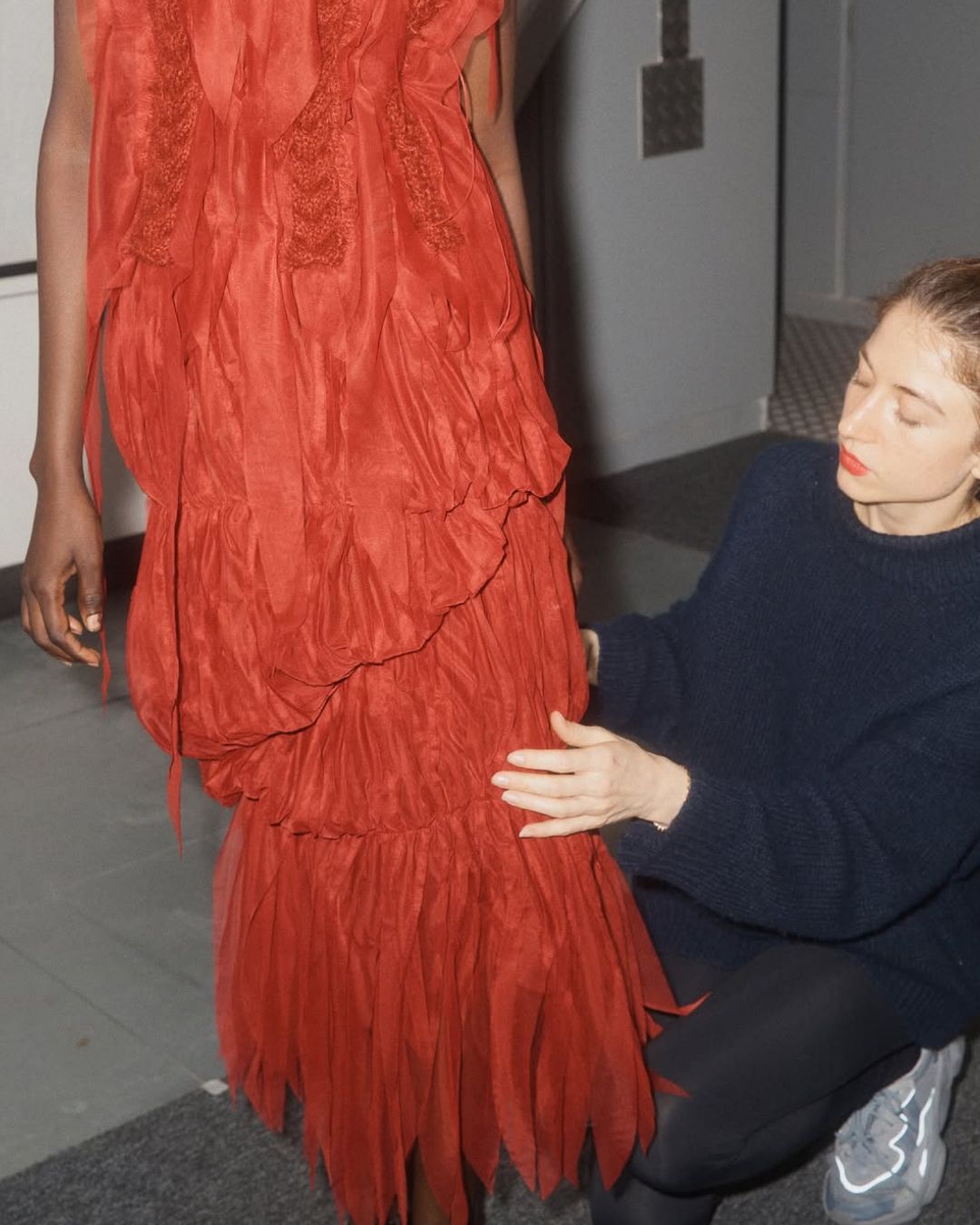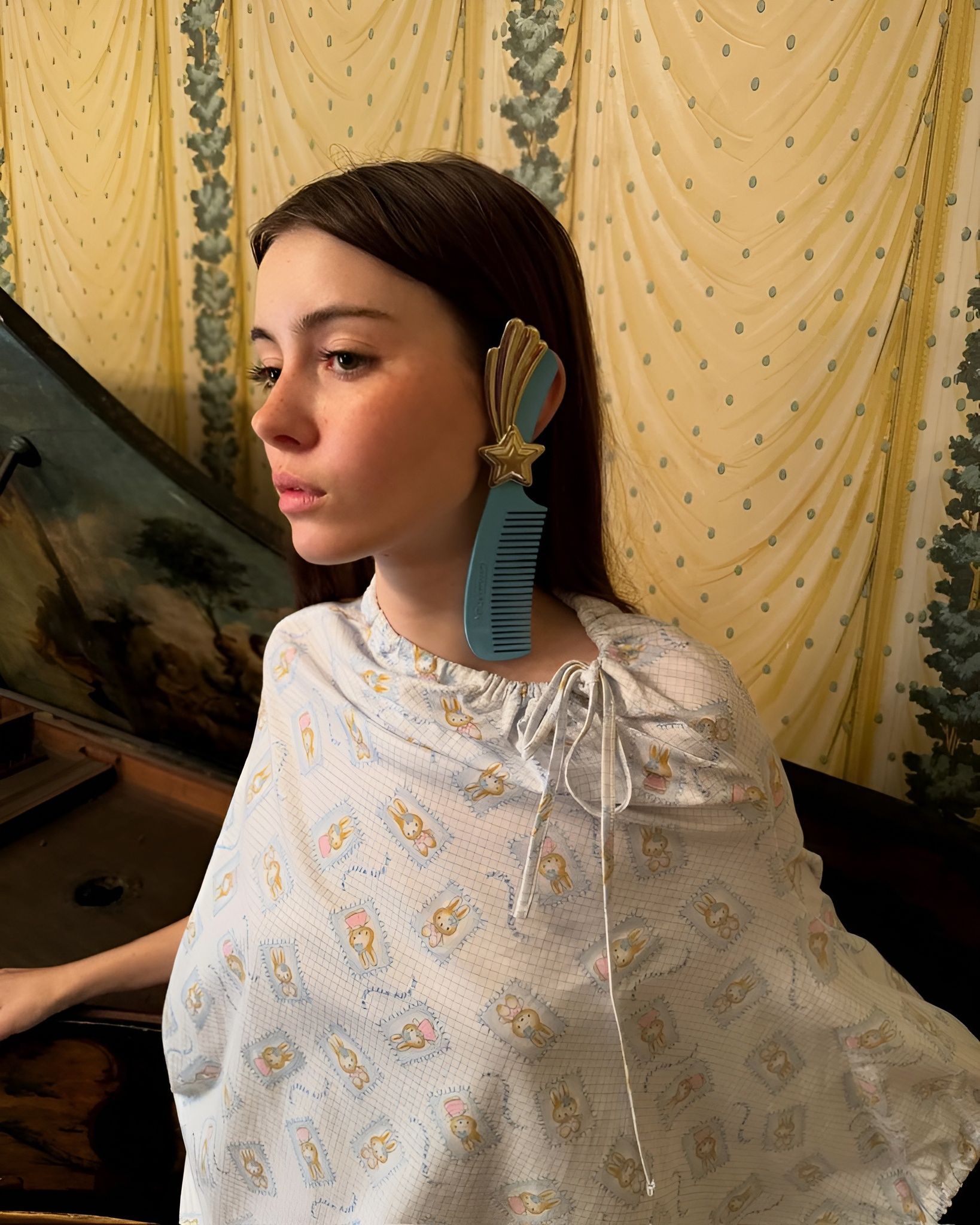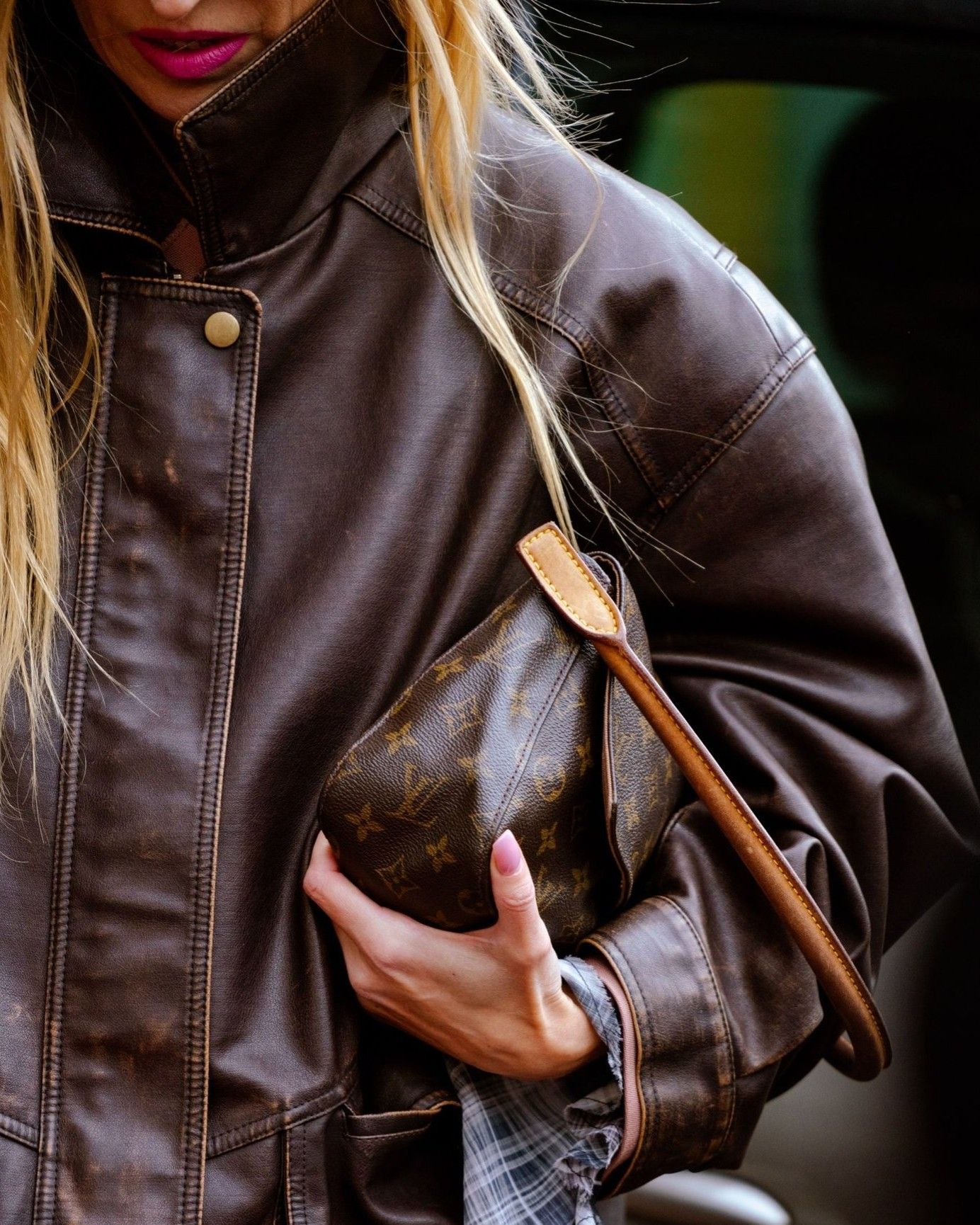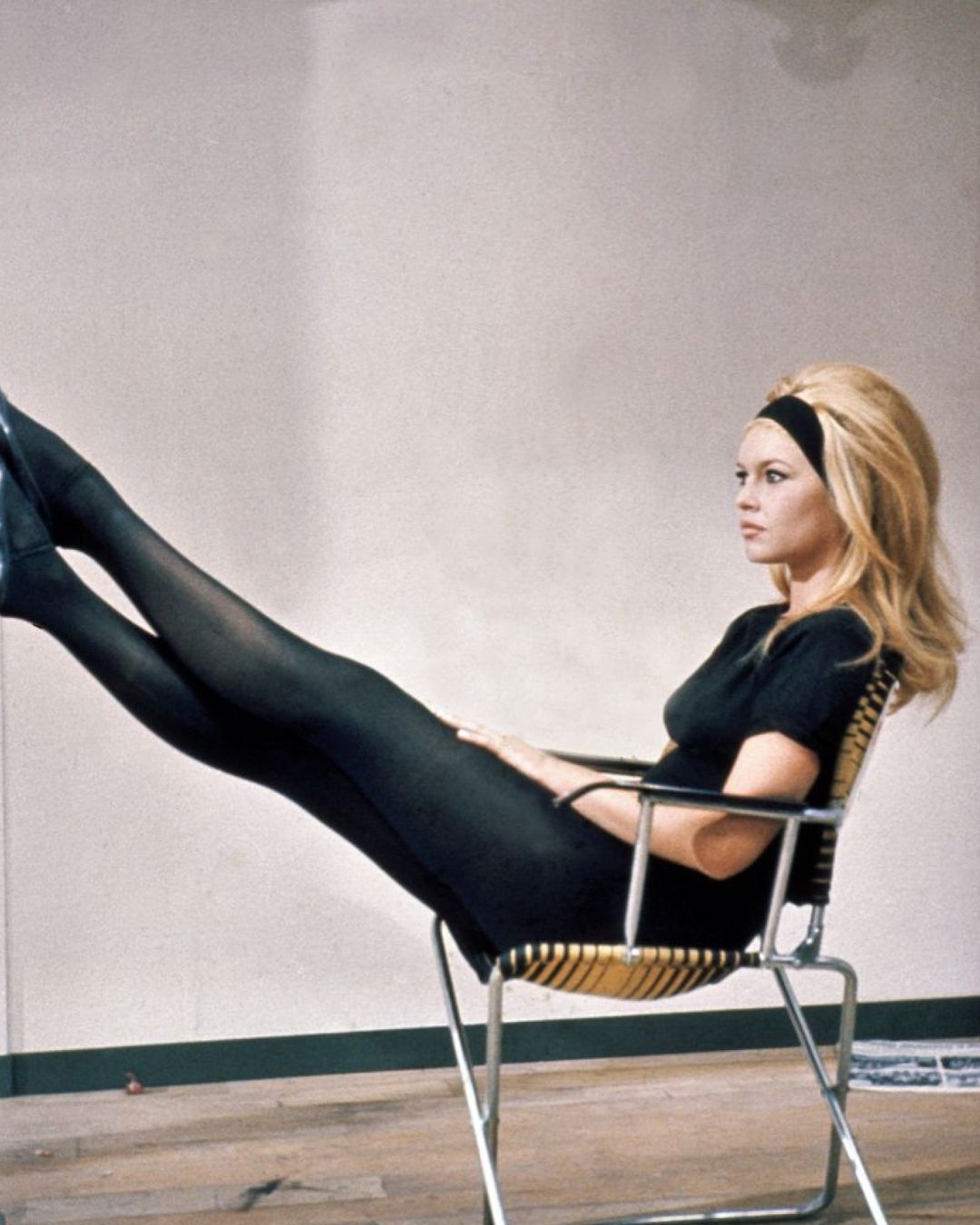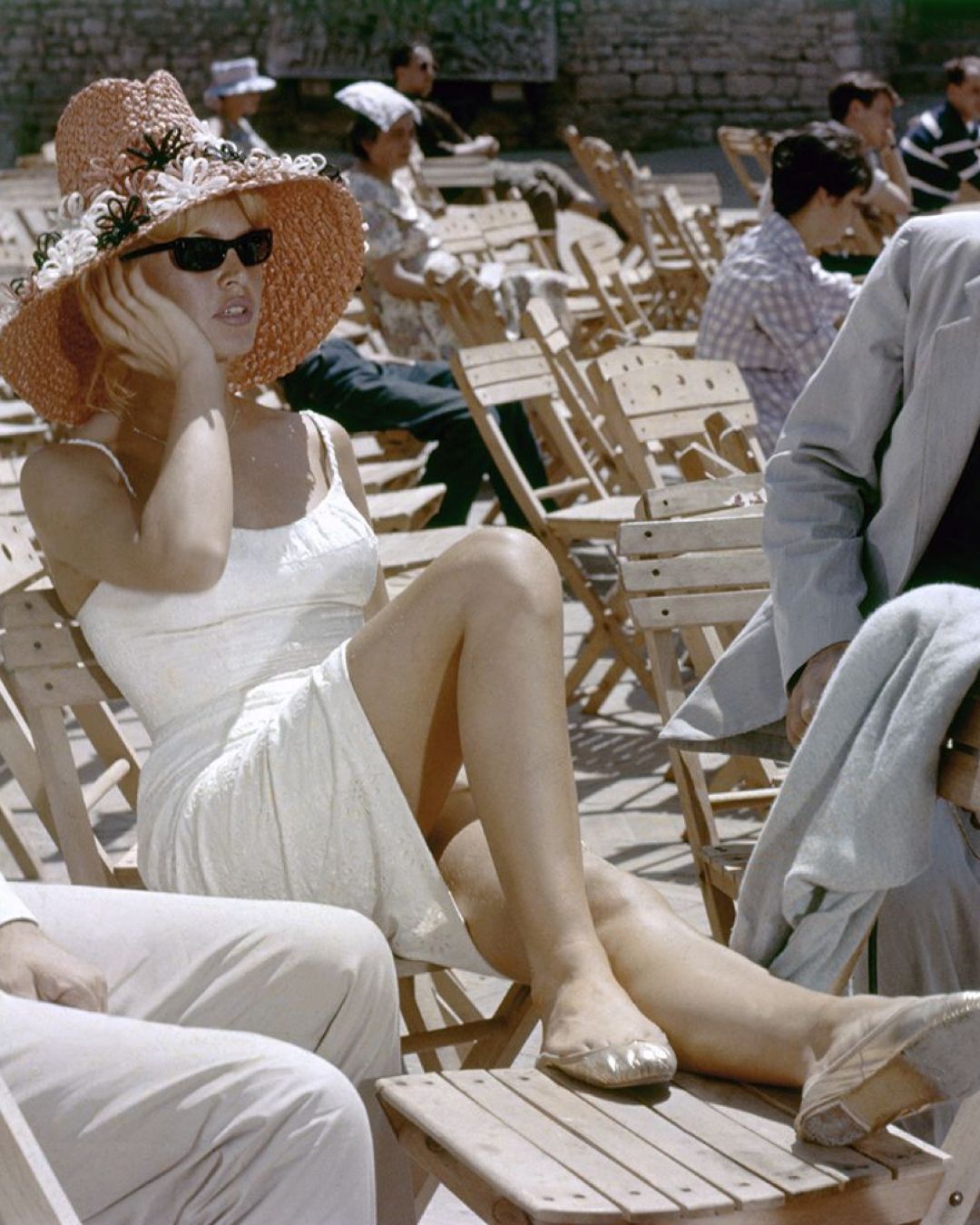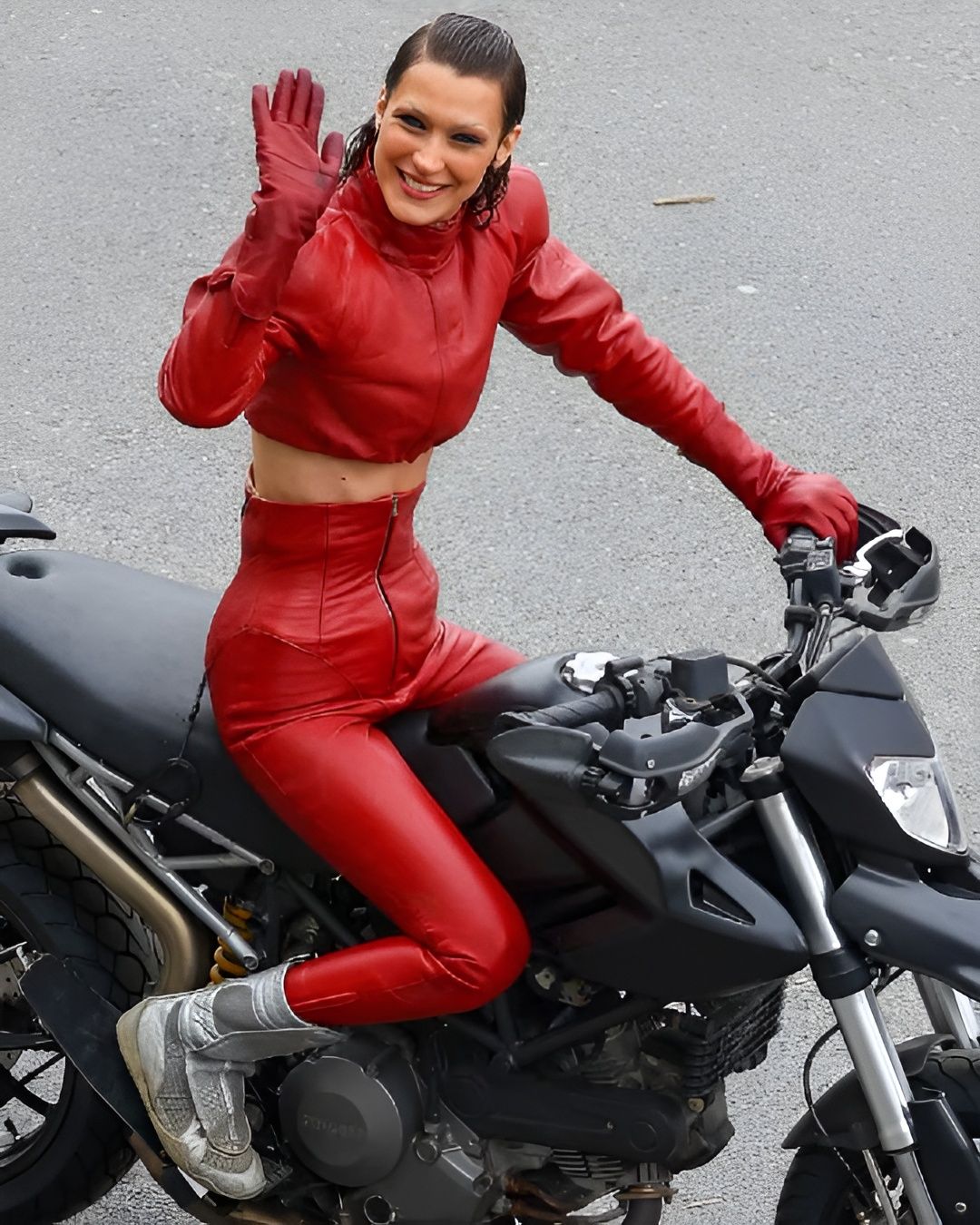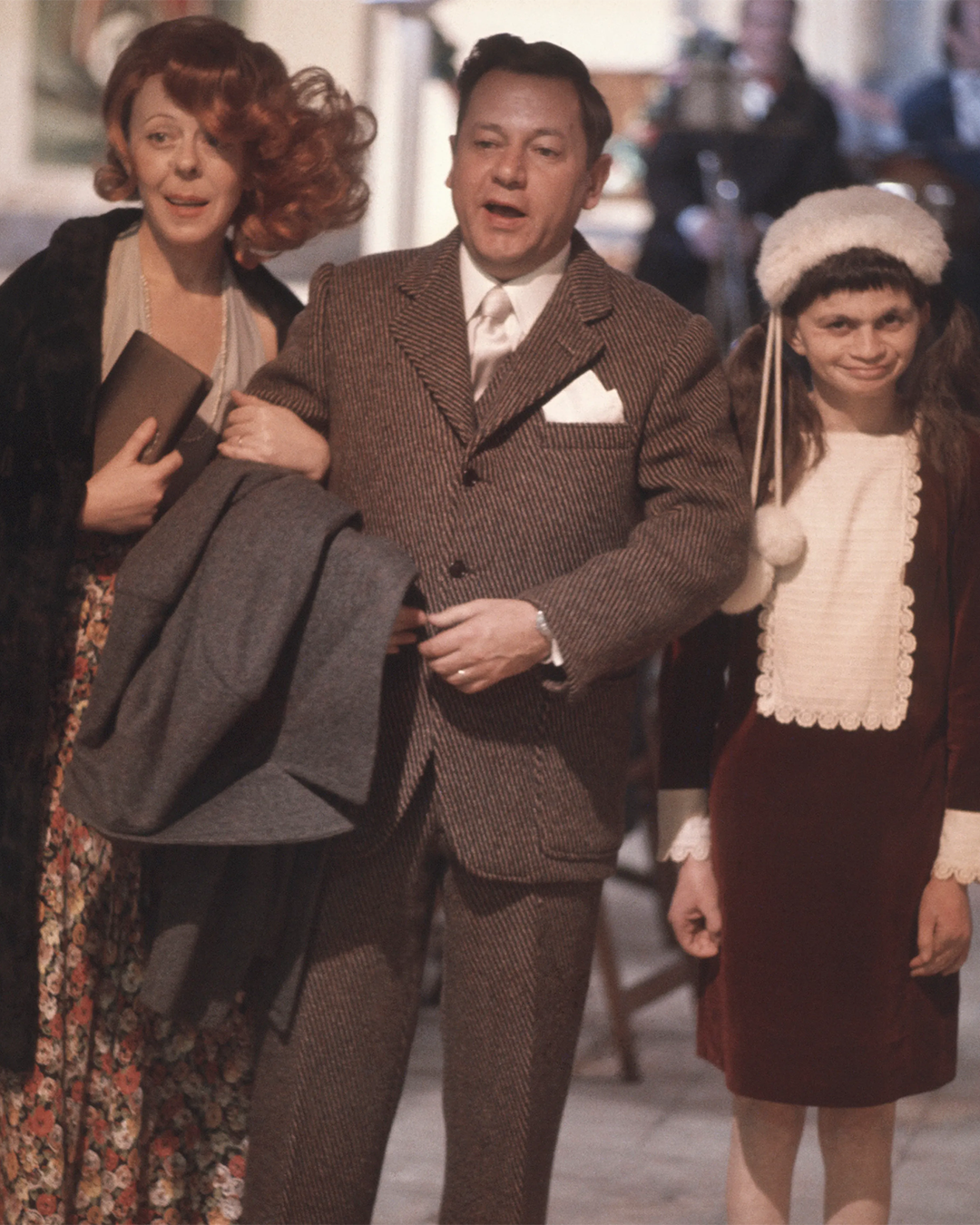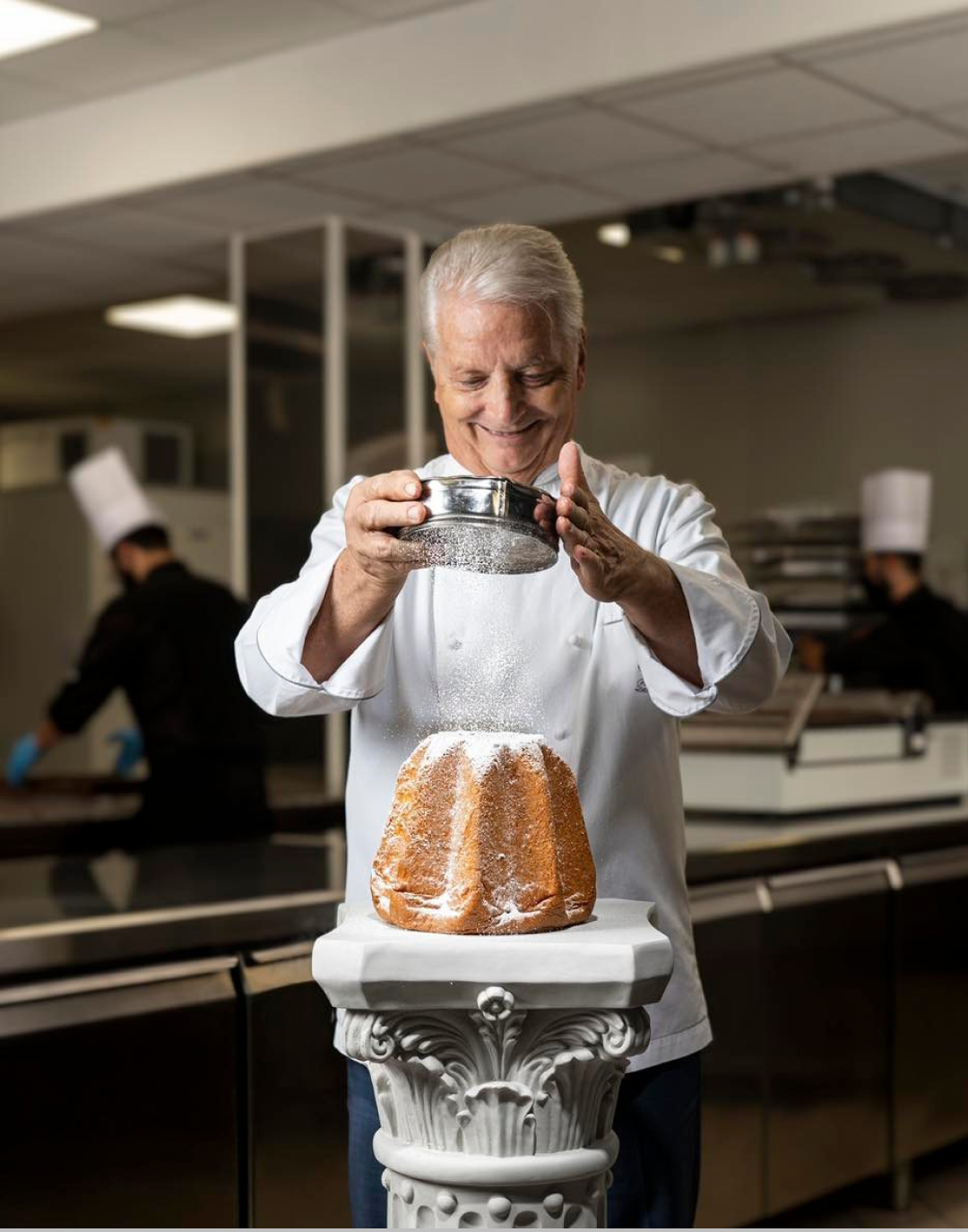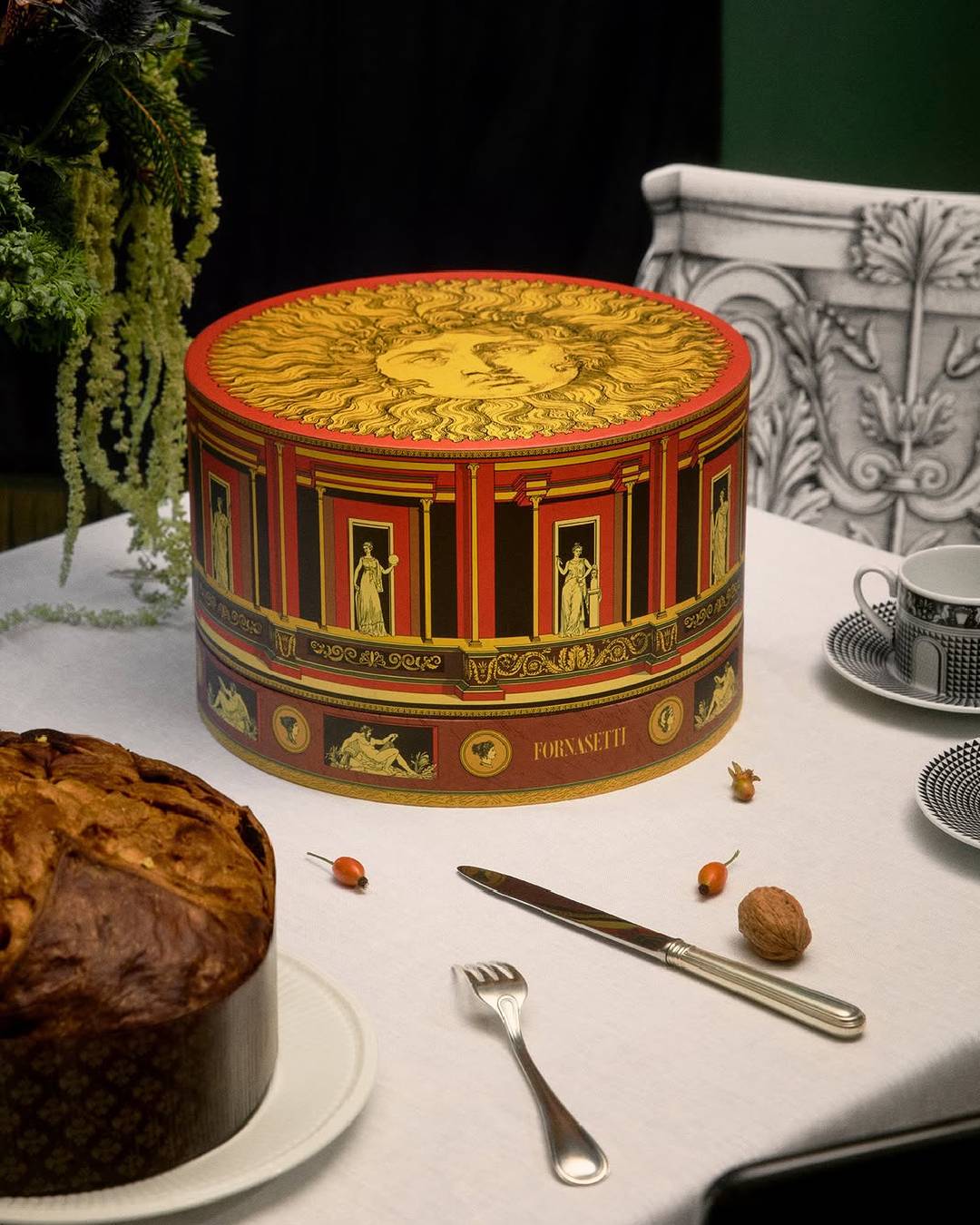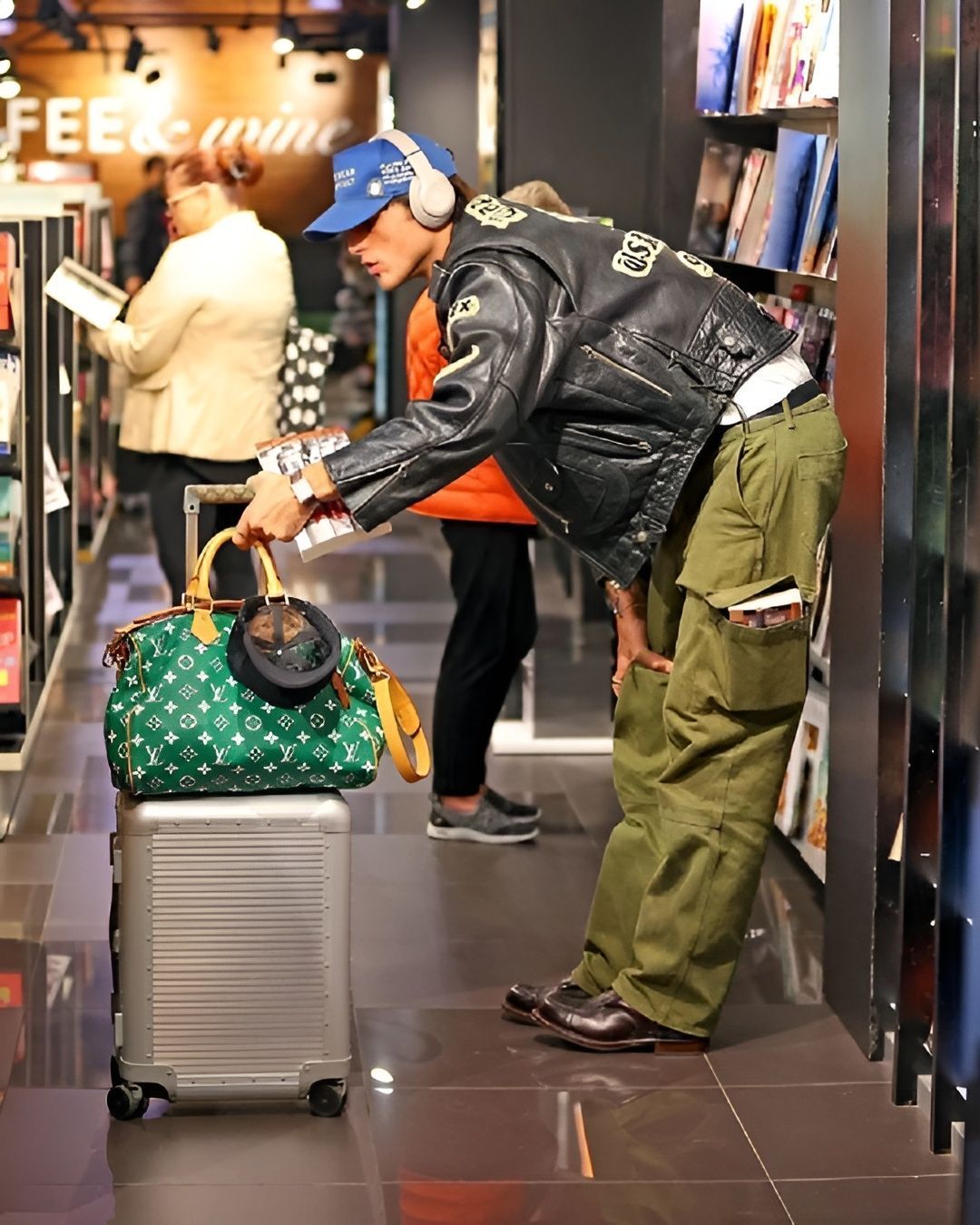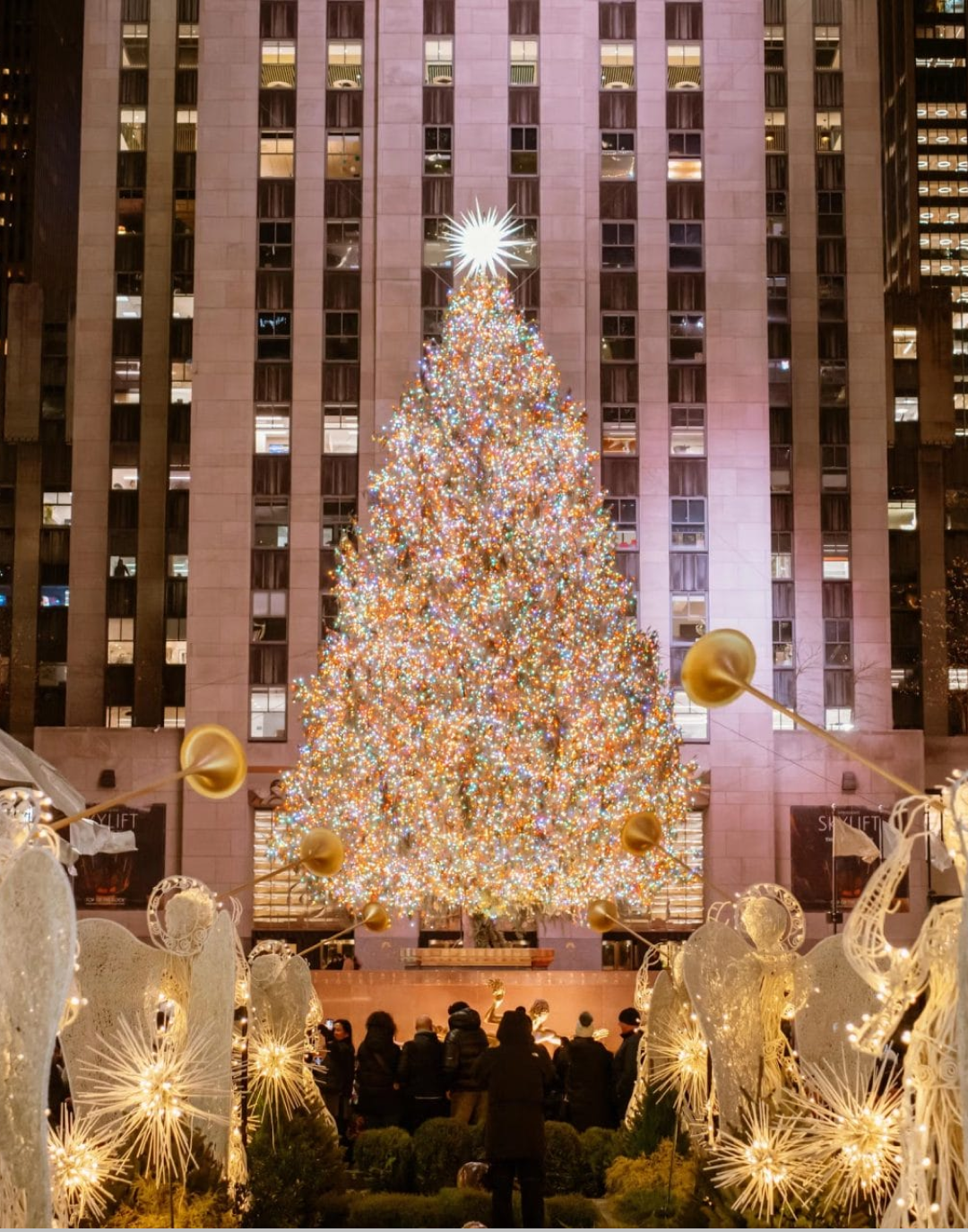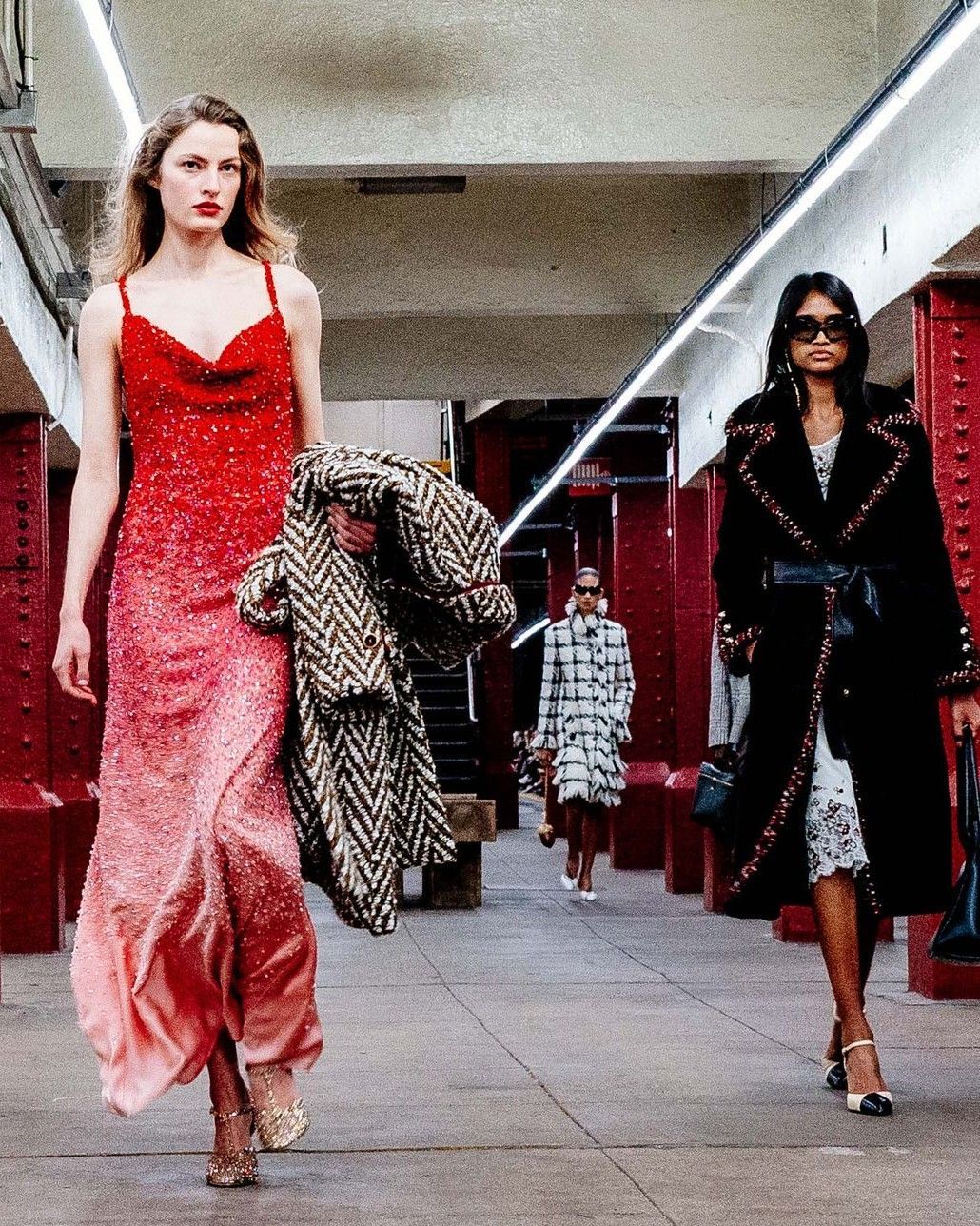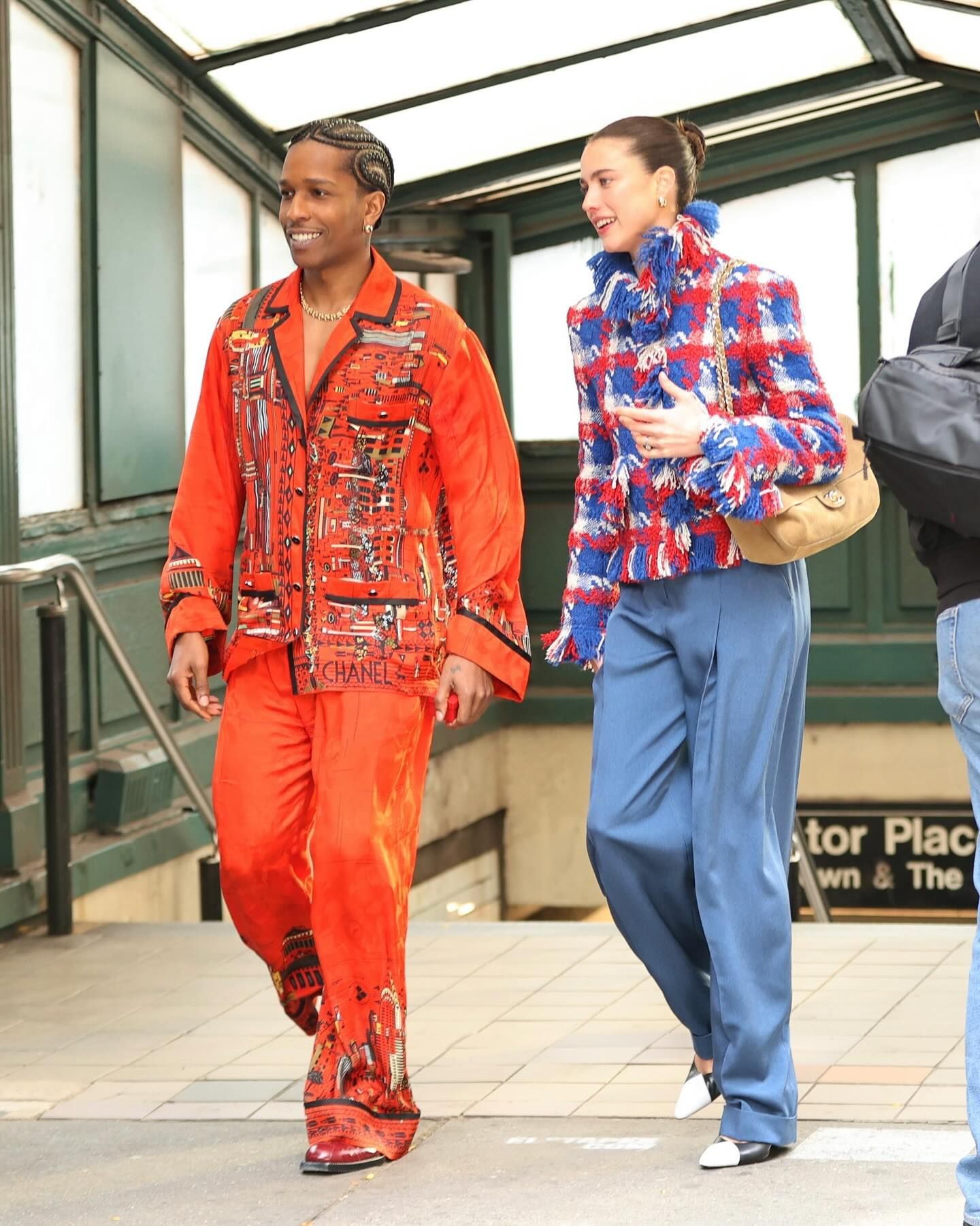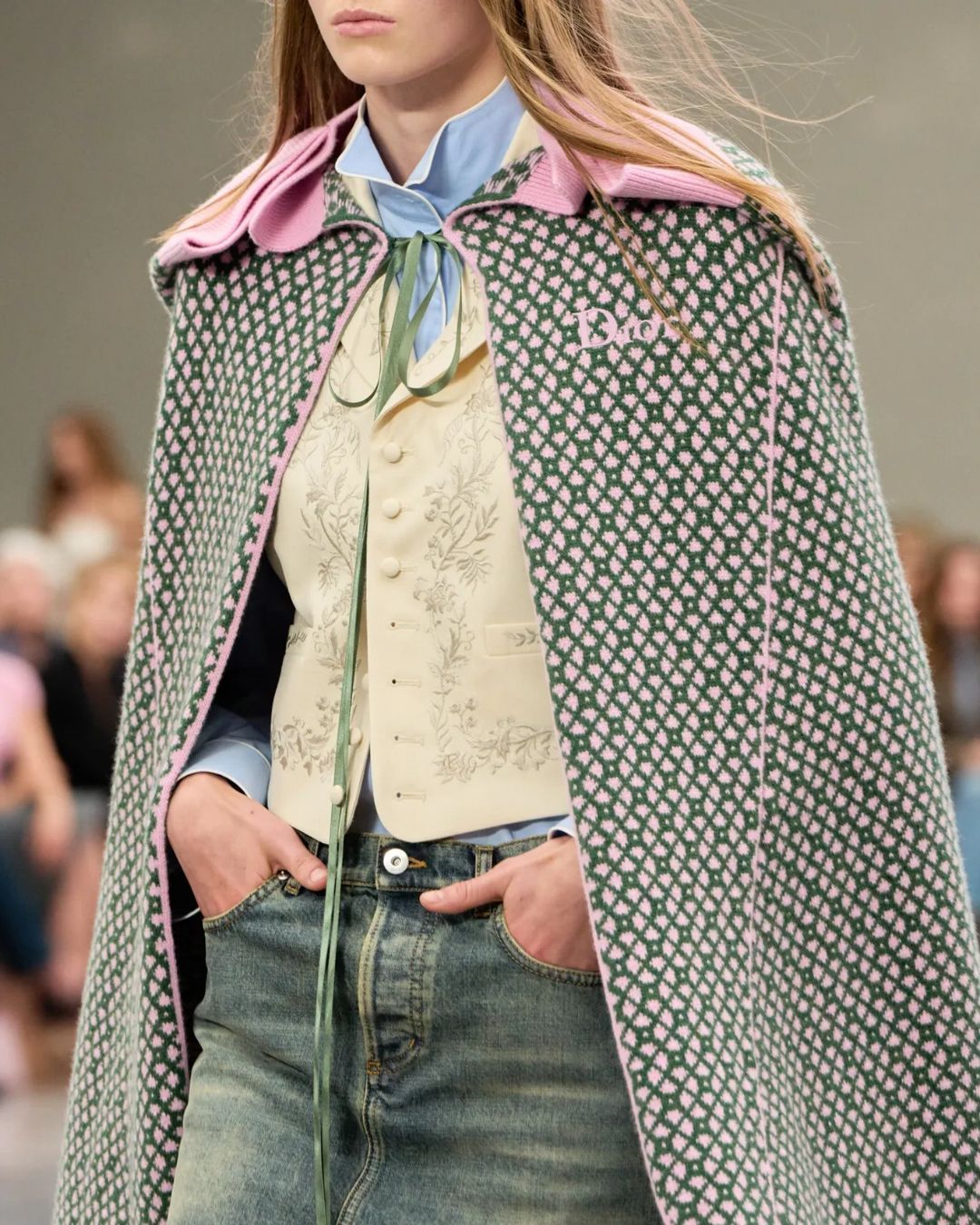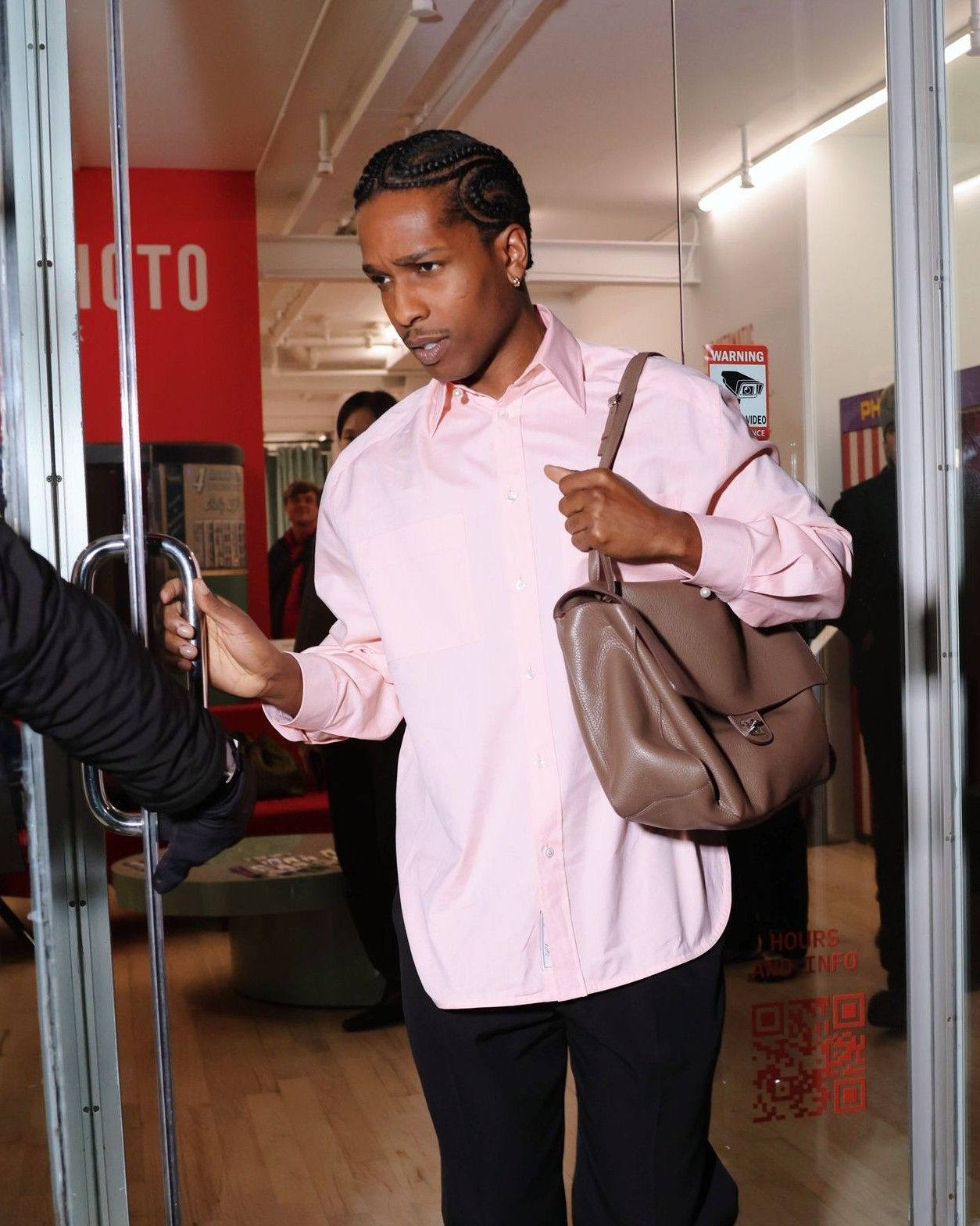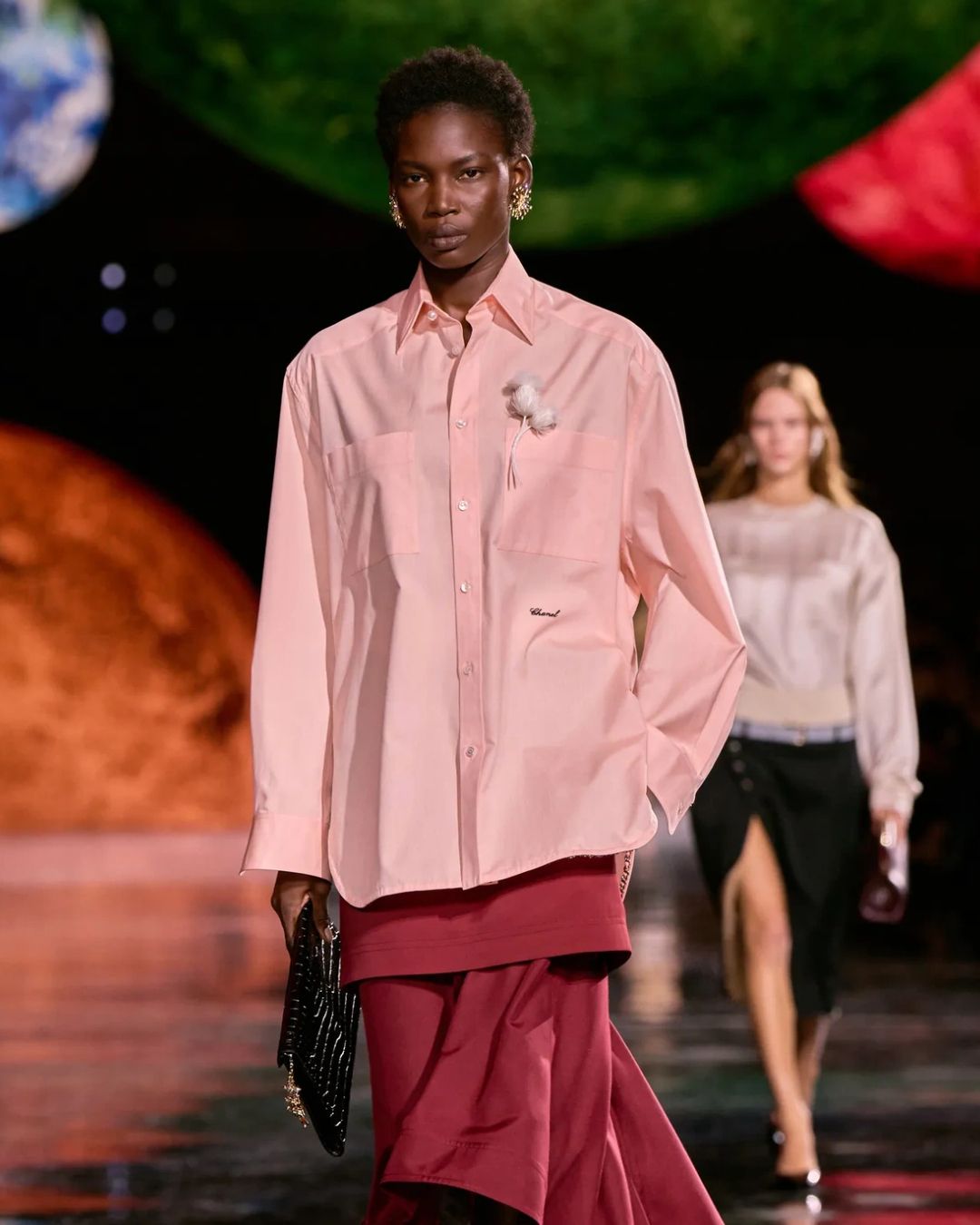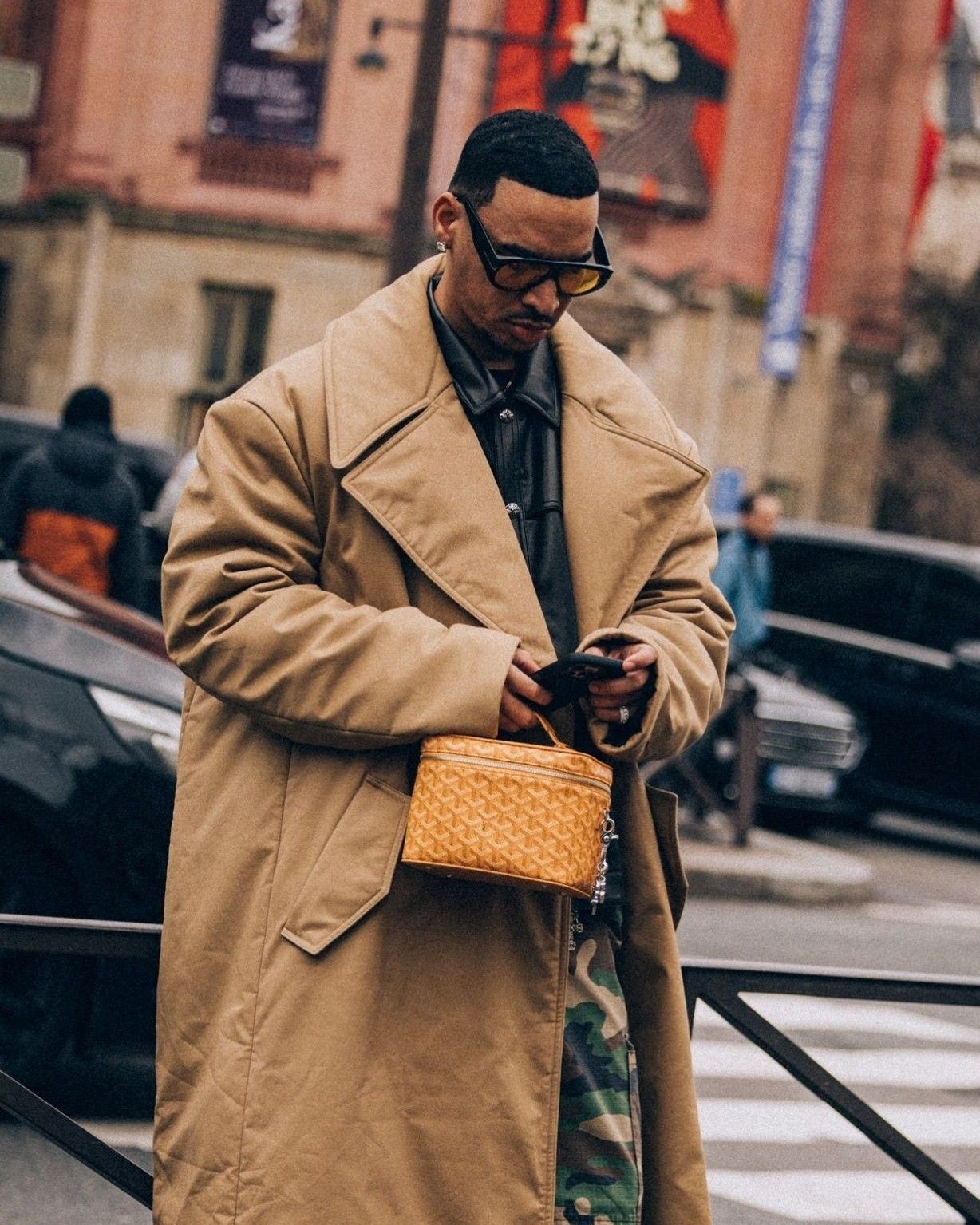
The world's most highly rated luxury brand is not a fashion brand From the second place onward, however, fashion is well present
The luxury crisis exists, but major and historic luxury companies are not losing value. This was revealed in recent days by the Luxury & Premium 2025 report by Brand Finance, which showed that, regardless of any crisis, the leading fashion, watchmaking, and luxury automotive houses have continued to register value increases in recent months, supported by a combination of strategic positioning, innovation, and consumer loyalty. The most interesting data point, however, is that the most valuable luxury brand in the world is neither a fashion nor a jewelry brand: in fact, Porsche is the world’s most valuable luxury company, with an estimated value of $41.1 billion—a record that the German car manufacturer has held for the eighth consecutive year. As the subtitle already hinted, fashion is keeping pace with the fastest cars, even surpassing other brands. One of the other most surprising findings in the report is Chanel’s skyrocketing growth, which earns second place thanks to a 45% value increase, reaching $37.9 billion. This performance allowed the Parisian maison to overtake Louis Vuitton, which, although it registered growth, only managed a more modest 2%, with a value of $32.9 billion. The podium is thus reshaped with Chanel significantly closing the gap with Porsche and positioning itself as one of the standout brands of the year—confirming the confidence its executives expressed when recently discussing slightly declining profits.
After Louis Vuitton, Hermès maintains the fourth position globally, confirming itself as one of the few stable companies in the top ten. Dior also holds its place among the top ten most valuable brands, with an 18% increase in value, reaching $17.3 billion. The LVMH brand not only confirms its financial solidity but also earns the title of the strongest brand in the sector in terms of brand strength, climbing three positions in the brand strength ranking and achieving a Brand Strength Index (BSI) score of 93.5 out of 100. In particular, Dior received a perfect reputation rating in the United States, demonstrating its strong presence and positive perception in both the American and European markets. Rolex also experienced a significant growth year, with a 36% increase in value to $18.8 billion, which allowed it to climb two positions and reach fifth place. This momentum is fueled by rising revenues and sustained demand for luxury watches, despite challenges linked to U.S. tariffs on Swiss goods. The company responded with an average 3% price increase, aiming to maintain profitability in the U.S. market, which represents the largest share of its sales.
@nssmagazine Taking you to the Chanel Cruise 2025/26 at Villa d’Este #villadeste #lagodicomo #lakecomo #como #fashiontiktok #tiktokfashion #chanel #chanelshow #chanelfashionshow Monky Disco - Babe Rainbow
Cartier and Ferrari stand out in the following positions, both showing growth. Cartier rises to seventh place thanks to a 15% increase in brand value, while Ferrari— with a 36% rise—reaches $14.4 billion and claims eighth place. The Italian automaker continues to base its success on limited production, high model margins, and lifestyle partnerships, thereby reinforcing its perception of exclusivity and prestige. Ferrari also stands out as the second strongest brand in the sector with a BSI score of 90.1, supported by exceptionally high reputation and likability scores. Gucci, despite a 24% drop in value to $11.4 billion, remains in the top ten although it falls four positions. The negative performance reflects a transitional phase for the brand, but its presence remains significant. In contrast, Guerlain re-enters the top ten for the first time since 2021, with a 23% growth that brings its brand value to $7.7 billion. This result is attributed to strong financial performance, driven by the success of its artistic fragrance lines and new scents launched in 2024.
gucci resort 2026 i’m obsessed pic.twitter.com/qUEhcyUJXO
— zoe (@MUGLERlZED) May 16, 2025
In terms of brand strength, in addition to Dior and Ferrari, the new entry at the bottom of the ranking is Lancôme, which enters the BSI top ten by rising to eighth place. The brand received very high scores for price acceptance and particularly stands out in the Chinese market, where it achieved an almost perfect score. This success underscores China’s strategic importance for luxury brands, at a time when Asian demand remains crucial to support global sector growth. Overall, despite concerns over a global slowdown in the luxury market, the world’s leading luxury brands are showing a higher-than-expected ability to adapt—is the luxury crisis only temporary? A growth interruption caused by geopolitical turbulence shaking the world? Since the dawn of time, indeed, conflicts and national tensions have penalized trade. The value growth analyzed by Brand Finance, in some cases even double-digit, thus testifies to resilient demand, the soundness of brand strategies, and strong consumer loyalty.


